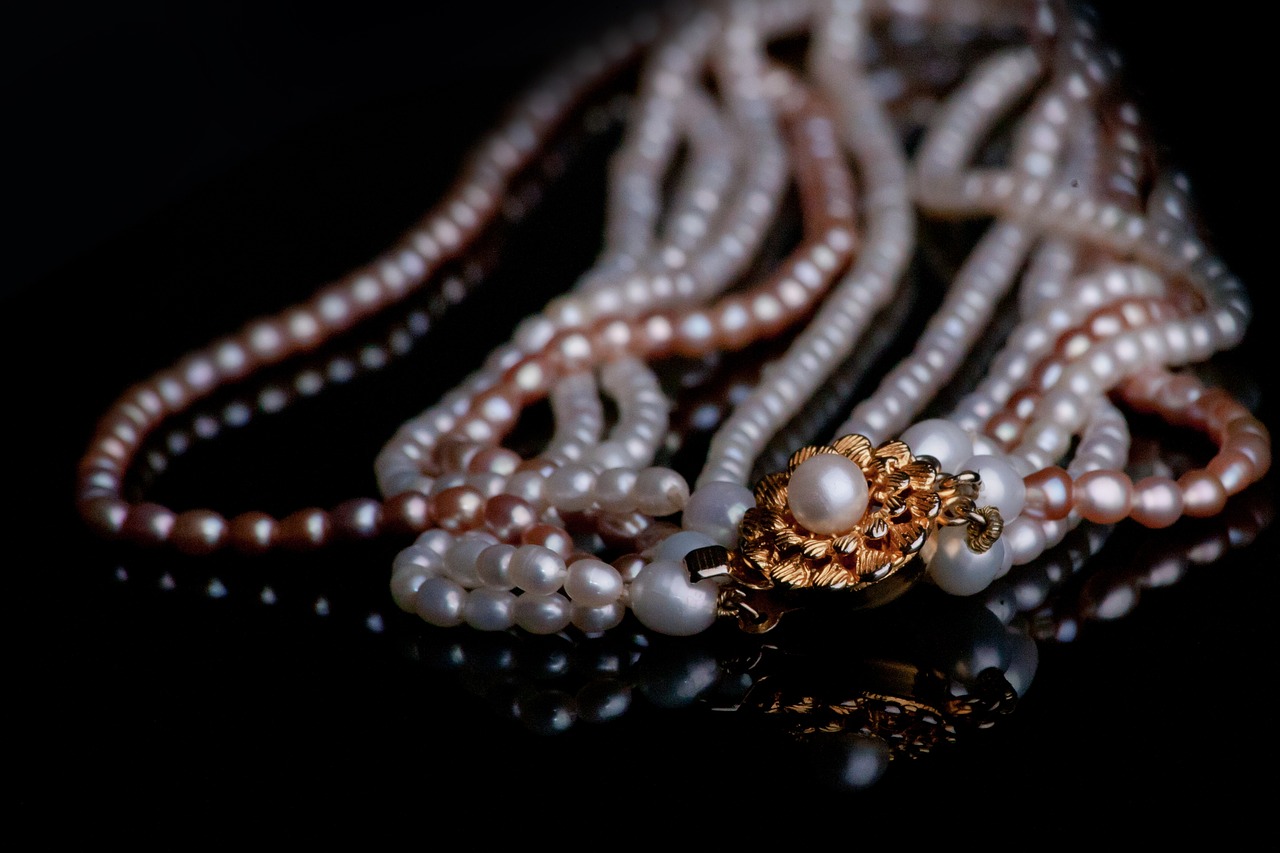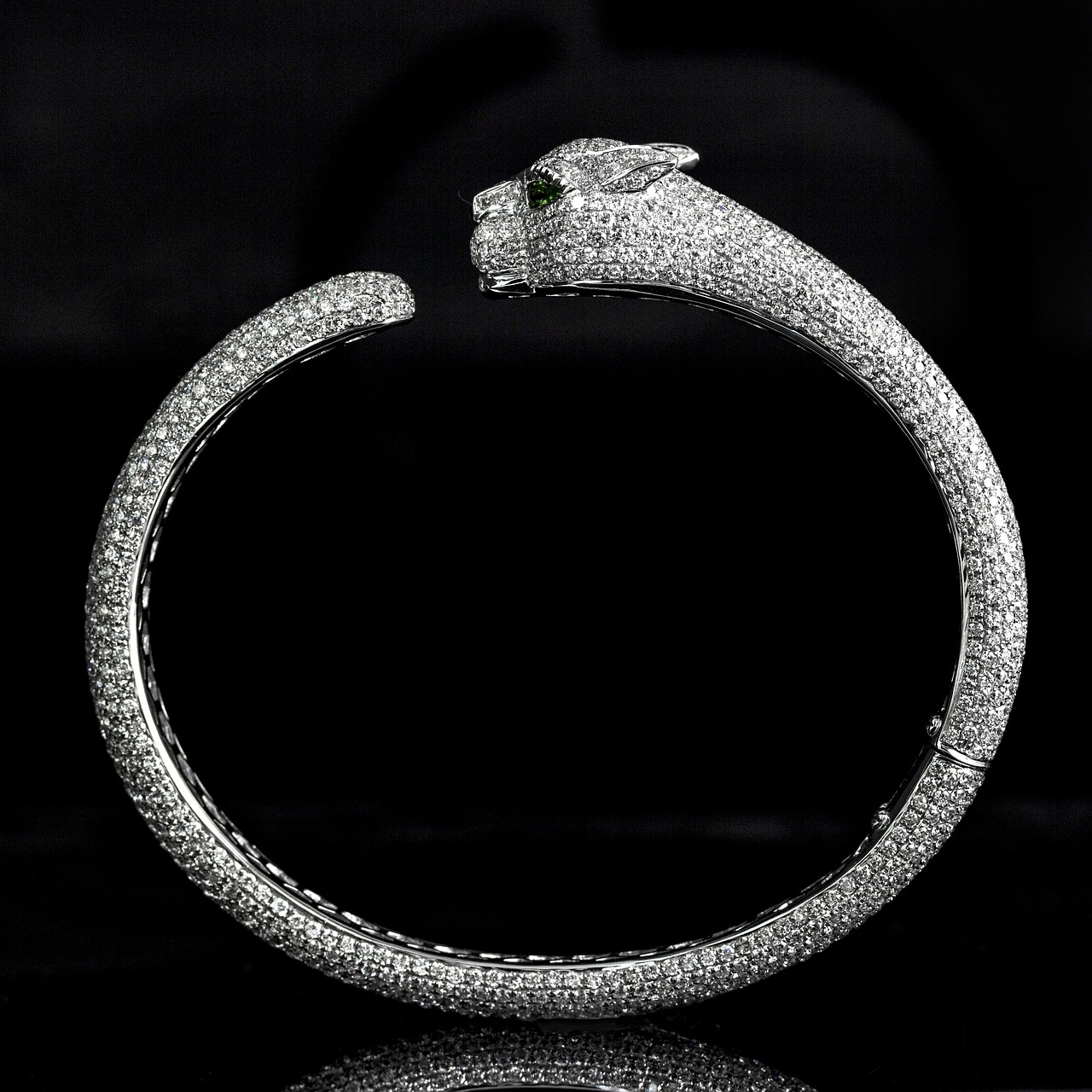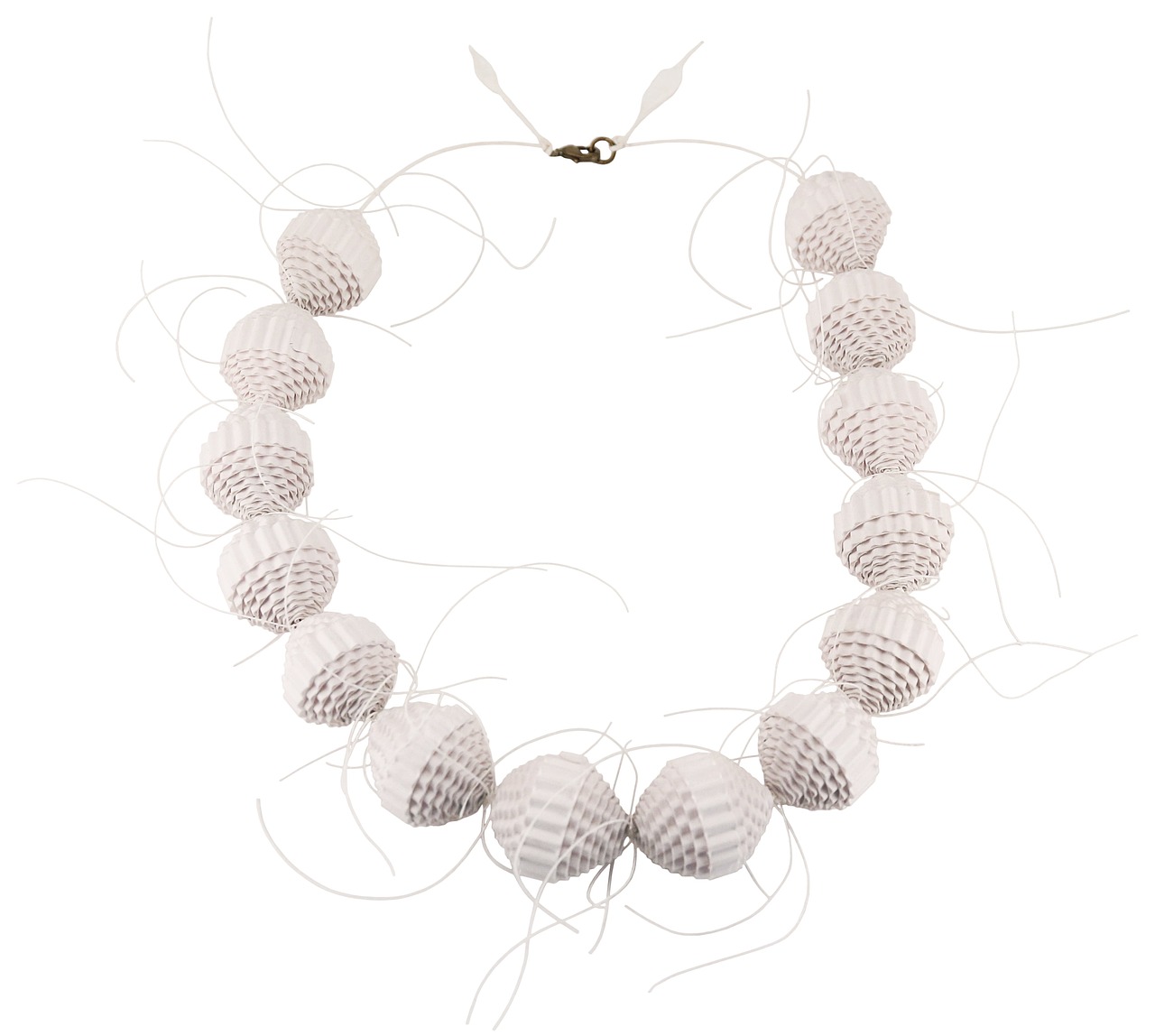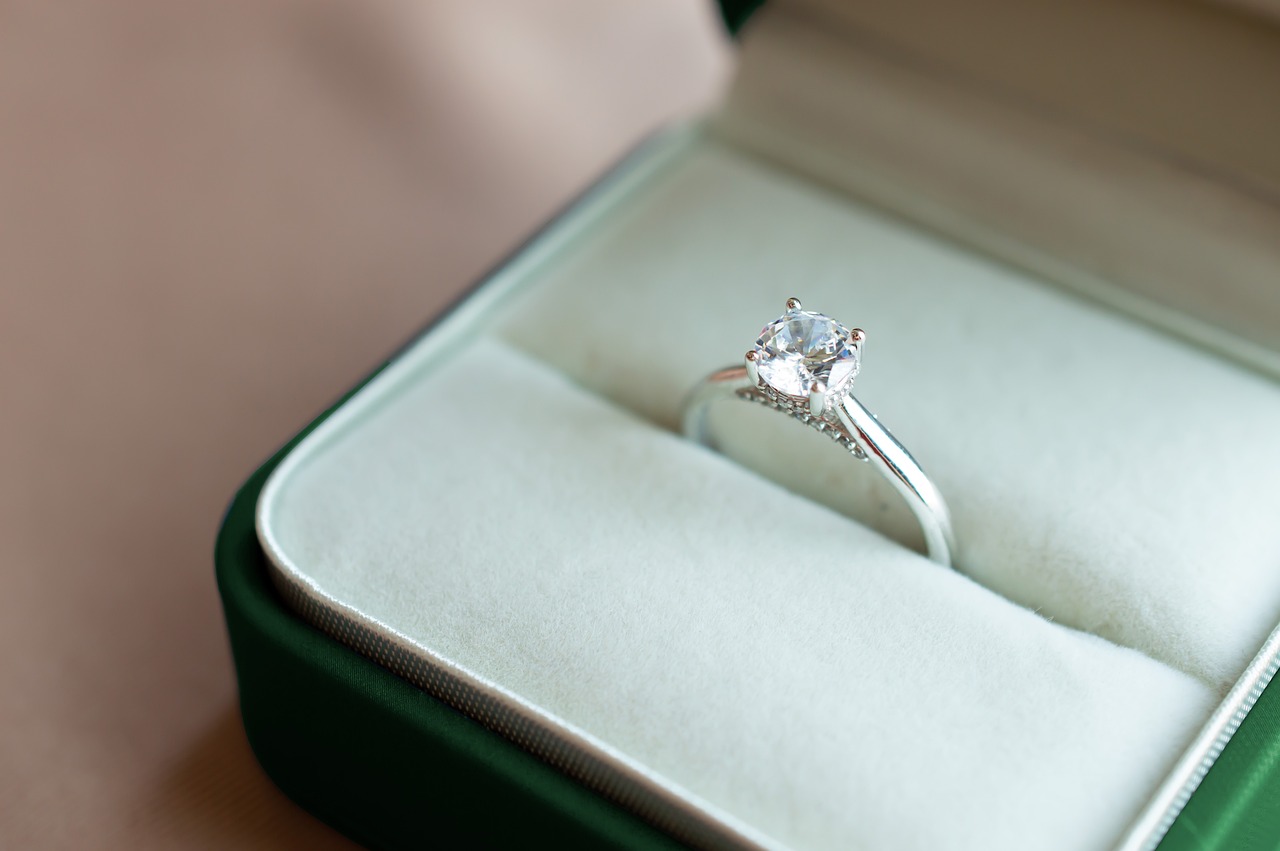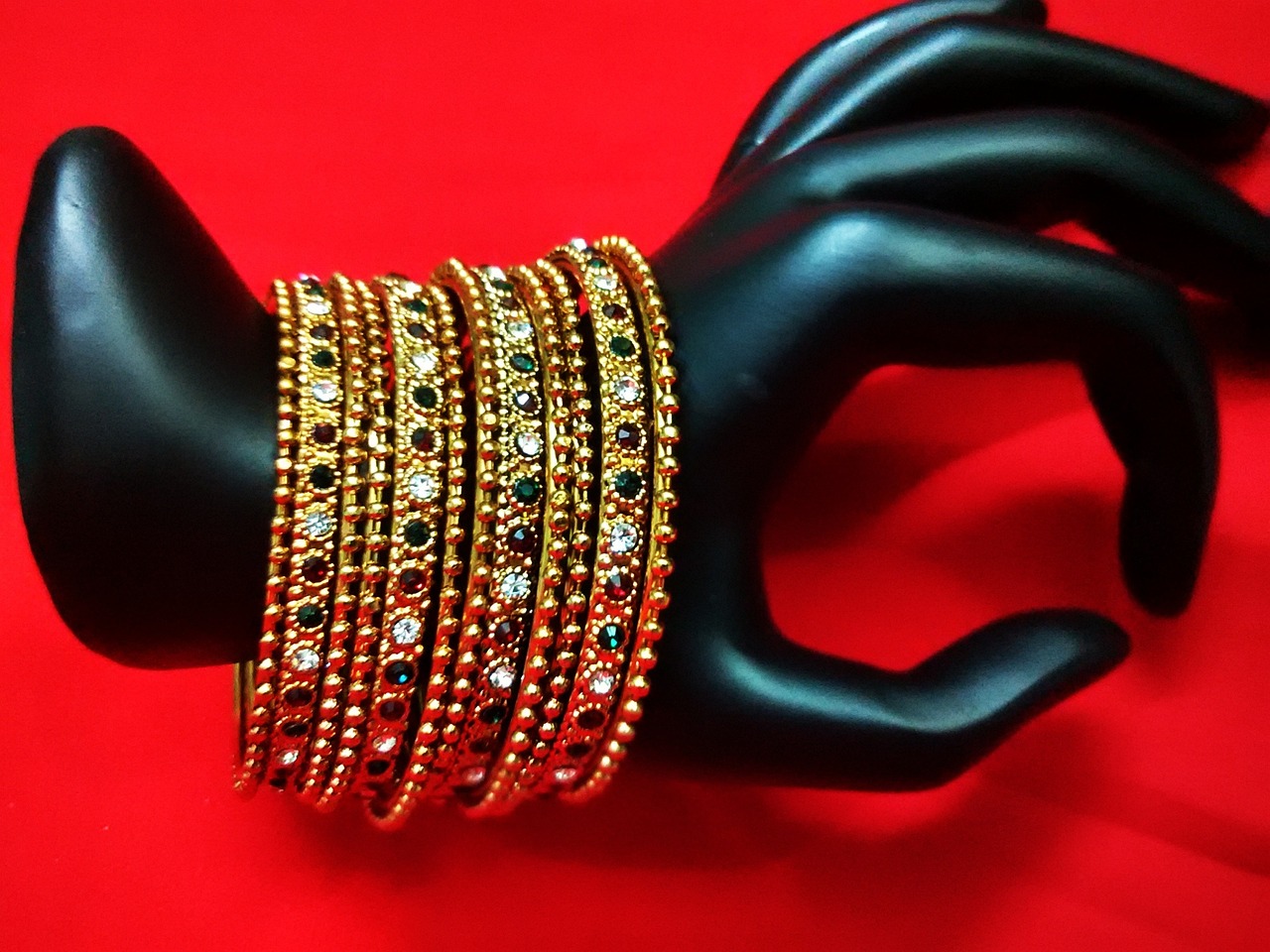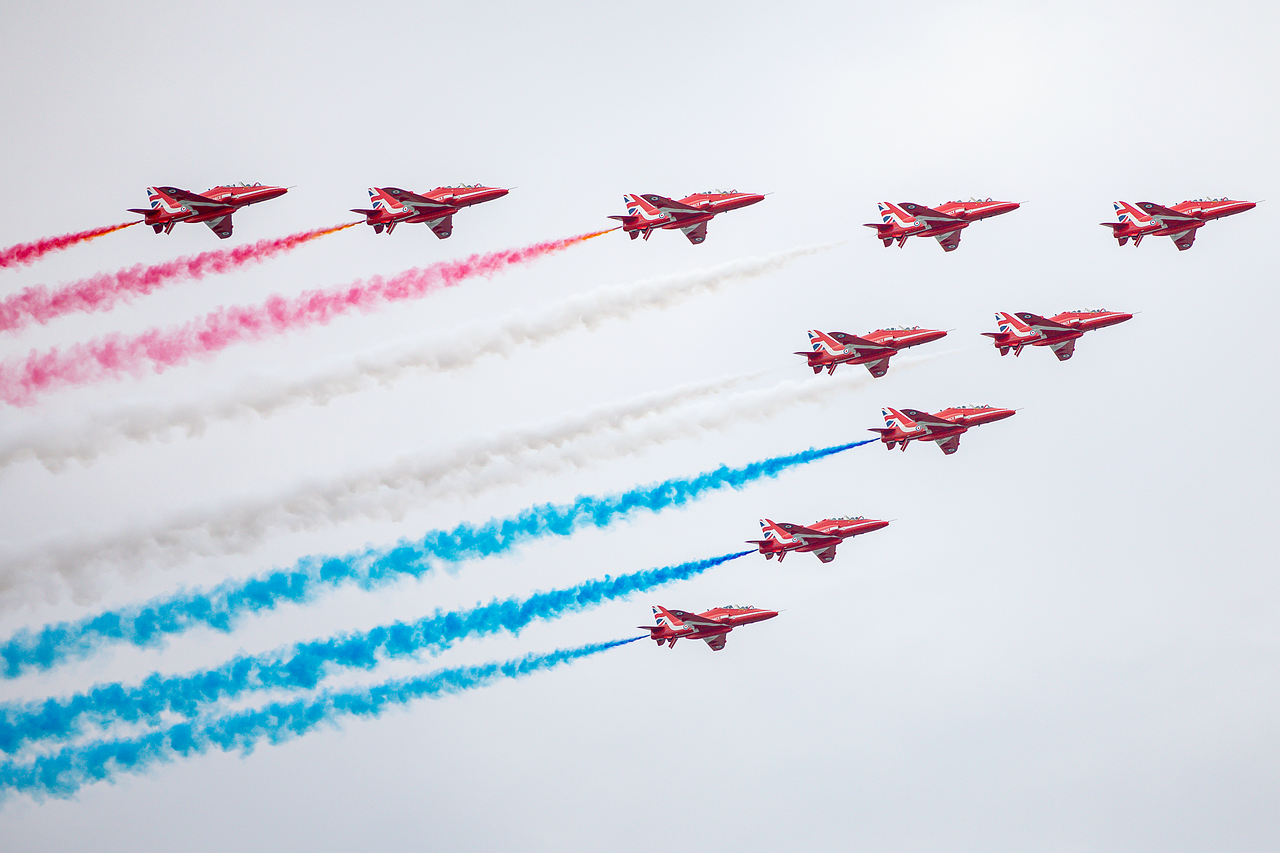The history of crowns and tiaras is a fascinating journey that spans across cultures and epochs, reflecting the power and prestige associated with these iconic symbols. From their ancient origins to their modern-day significance, crowns and tiaras have evolved in style and meaning, embodying the social hierarchies and values of their times. This article delves into the intricate details of these headpieces, exploring their significance, styles, and the cultural narratives they represent.
Understanding the fundamental differences between crowns and tiaras is essential. Crowns are typically worn by monarchs and signify sovereignty, while tiaras often represent elegance and femininity, frequently adorned by women of nobility during formal occasions. Both serve as markers of status, but their designs and cultural implications differ significantly.
The evolution of crowns reflects changing political landscapes and cultural values. Initially, crowns were simple circlets, but they gradually transformed into elaborate gold and jeweled designs, showcasing artistic craftsmanship. The Middle Ages saw crowns adorned with precious stones, symbolizing the divine right of kings and queens.
In ancient civilizations, crowns were not merely decorative; they denoted authority and divinity. For example, in Ancient Egypt, pharaohs wore the double crown, symbolizing their rule over Upper and Lower Egypt, emphasizing the deep-rooted significance of these headpieces.
In Ancient Rome, laurel crowns were awarded to victors and distinguished citizens, representing honor and achievement. This practice highlights the social importance of crowns, transcending mere decoration to embody the values of the society.
Different cultures imbued crowns with unique meanings. In Hinduism, crowns symbolize divine authority, while in Europe, they often represented monarchical power and legitimacy. This cultural diversity showcases how crowns serve as universal symbols of power, yet their meanings can vary widely.
As fashion evolved, the tiara emerged as a popular alternative to crowns. Often worn by women of nobility during formal occasions, tiaras reflect both status and style. Their designs can range from simple bands to intricate creations, often embellished with precious stones.
The materials used in crowns and tiaras vary widely, from precious metals to gemstones. Understanding these materials helps appreciate their craftsmanship and value. Gold and silver have historically been the primary materials for these royal headpieces, symbolizing wealth and power.
Gold and silver, with their durability and luster, have been favored for creating lasting symbols of authority. These metals not only signify wealth but also represent the eternal nature of power.
Gemstones play a crucial role in crowns and tiaras, often chosen for their color, rarity, and symbolism. Diamonds, sapphires, and emeralds are popular choices, each carrying its own meaning. For instance, diamonds symbolize strength and purity, while sapphires are associated with wisdom and royalty.
In contemporary society, crowns and tiaras are often reserved for special occasions. Their usage provides insight into their enduring allure and significance. Modern designs frequently reflect contemporary aesthetics while honoring traditional craftsmanship.
Crowns and tiaras are prominently featured in royal weddings and state functions, serving as symbols of tradition and continuity within royal families. These events showcase the historical importance of these headpieces, linking the past with the present.
The influence of fashion trends and celebrities has led to a resurgence in tiara popularity. Modern designs often incorporate innovative elements, appealing to a new generation while maintaining their historical roots.
As society evolves, the future of crowns and tiaras may change, adapting to new styles and cultural values. Exploring these potential shifts offers a glimpse into the ongoing relevance of these symbols in a rapidly changing world.
Future crowns and tiaras may incorporate innovative designs and sustainable materials, reflecting a growing awareness of environmental issues while maintaining their symbolic significance.
Crowns and tiaras continue to captivate audiences in films, literature, and fashion, suggesting their lasting power as symbols of prestige and allure in modern storytelling. Their representation in popular culture ensures that these iconic headpieces remain relevant and celebrated.

What Are Crowns and Tiaras?
The world of royal adornments is rich and fascinating, particularly when examining the distinctions between crowns and tiaras. Both are significant in their own right, but understanding their unique attributes is essential for appreciating their historical and cultural importance.
Crowns and tiaras serve as symbols of authority, status, and elegance, but they are not interchangeable. Crowns are typically associated with sovereignty and are often worn by monarchs during formal ceremonies. They signify power and governance, representing the ruling authority of a kingdom or empire. Historically, crowns have been made from precious metals and adorned with jewels, reflecting the wealth and power of the wearer.
On the other hand, tiaras are often viewed as more delicate and ornate headpieces that symbolize femininity and grace. While they may also be worn by royalty, tiaras are frequently associated with nobility and are often donned during formal events or celebrations. Unlike crowns, which are predominantly worn by kings and queens, tiaras are more commonly worn by women, showcasing elegance and refinement.
- Crowns: Primarily signify royal authority and are often used in coronation ceremonies.
- Tiaras: Represent nobility and sophistication, often worn during social gatherings and formal occasions.
While both headpieces can be adorned with precious stones and metals, the design and style often differ significantly. Crowns tend to be more rigid and structured, while tiaras are typically more flexible and can feature intricate designs that flow gracefully.
The symbolism behind these headpieces extends beyond mere decoration. Crowns often embody the divine right of kings, a belief that monarchs are chosen by a higher power to rule. This notion is deeply rooted in various cultures, where the crown serves as a physical manifestation of this divine authority.
In contrast, tiaras are often seen as symbols of love and commitment, particularly when worn by brides on their wedding day. They can also represent a rite of passage, as young women often receive tiaras during significant life events, such as coming-of-age ceremonies.
The evolution of crowns and tiaras reflects changes in societal values and fashion trends. In ancient times, crowns were often simple bands made of natural materials. As civilizations advanced, crowns became more elaborate, incorporating gold, silver, and precious stones. Tiaras followed a similar trajectory, transitioning from modest designs to intricate pieces that are now adorned with diamonds, pearls, and other gemstones.
Today, both crowns and tiaras continue to evolve, influenced by modern fashion and cultural shifts. Designers experiment with new materials and styles, ensuring that these iconic symbols remain relevant in contemporary society.
In modern times, crowns and tiaras are often reserved for special occasions. Royal weddings, state functions, and formal galas provide the perfect backdrop for these stunning headpieces. They serve not only as symbols of tradition but also as expressions of personal style and heritage.
Additionally, crowns and tiaras have found their way into popular culture, appearing in films, literature, and fashion shows, further cementing their status as enduring symbols of prestige and allure.
Understanding the differences between crowns and tiaras enriches our appreciation for these magnificent adornments. Both serve as powerful symbols of authority and elegance, each with its own unique history and cultural significance.

How Did Crowns Evolve Over Time?
The evolution of crowns is a fascinating journey that mirrors the shifting political landscapes and cultural values throughout history. From their **humble beginnings** as simple circlets to the **opulent designs** we see today, crowns have undergone significant transformations that reflect societal changes.
Initially, crowns were crafted from natural materials like leaves and flowers, symbolizing victory and honor in ancient civilizations. Over time, as societies advanced, so did the materials and craftsmanship involved in creating these majestic headpieces. The introduction of metals like gold and silver marked a pivotal moment, as these materials not only signified wealth but also durability.
In ancient Egypt, crowns were more than mere adornments; they were embodiments of **divine rule**. The double crown worn by pharaohs represented their sovereignty over both Upper and Lower Egypt, illustrating how crowns have always been intertwined with political authority. Similarly, in Ancient Rome, laurel crowns were awarded to victors, symbolizing honor and achievement, further emphasizing the role of crowns in **governing power**.
Across various cultures, crowns have taken on unique meanings. For example, in **Hinduism**, crowns symbolize divine authority and the connection between the earthly and the spiritual. In contrast, European crowns often represented **monarchical power** and legitimacy, showcasing how crowns serve as cultural markers that reflect societal values and beliefs.
As fashion evolved, the tiara emerged as a popular alternative to crowns, particularly among women of nobility. Tiaras, often more delicate and ornate, became symbols of **elegance and femininity**, allowing women to express their status with grace. This transition highlights the changing perceptions of power and beauty within different societal contexts.
In contemporary society, crowns are often reserved for special occasions such as royal weddings and state functions. They serve as **symbols of tradition** and continuity, linking modern royalty to their historical roots. The resurgence of tiaras in fashion, influenced by celebrities and designers, demonstrates their ongoing relevance and appeal.
The materials used in crowns and tiaras vary widely, with gold and silver serving as the foundational elements. These metals not only symbolize wealth but also provide a **lasting legacy**. Gemstones like diamonds, sapphires, and emeralds are often chosen for their beauty and symbolism, enhancing the significance of these royal headpieces.
Looking ahead, the future of crowns and tiaras may be shaped by innovative designs and sustainable materials, reflecting a growing awareness of environmental issues. As society continues to evolve, these symbols of power and prestige will likely adapt, maintaining their allure while embracing contemporary values.
In conclusion, the evolution of crowns is a testament to the dynamic interplay between culture, politics, and artistry. As we explore the history and significance of these remarkable headpieces, we gain a deeper understanding of their role as enduring symbols of **power and prestige**.
Ancient Crowns: Origins and Uses
The history of crowns is as rich as the civilizations that created them. Ancient crowns served not only as ornamental headpieces but also as profound symbols of authority and divinity. This article delves into the origins and uses of crowns in ancient cultures, revealing their significance in societal structures and religious practices.
Crowns can be traced back to ancient societies, where they were often made from materials readily available in the environment. In ancient Egypt, for instance, the double crown was a distinctive headpiece worn by pharaohs, symbolizing their dominion over both Upper and Lower Egypt. This crown was not merely a decorative item; it represented the unification of two lands and the pharaoh’s divine right to rule.
- Egypt: Pharaohs adorned themselves with crowns during significant ceremonies, reinforcing their status as intermediaries between the gods and the people.
- Mesopotamia: Rulers wore intricate headpieces made of gold and lapis lazuli, signifying their power and connection to the divine.
- Greece: Laurel wreaths were awarded to victors in athletic competitions, symbolizing honor and achievement.
- Rome: Crowns were given to military leaders and distinguished citizens, showcasing their contributions to society.
Crowns carry profound meanings across various cultures. In Hinduism, for example, crowns symbolize divine authority and are often depicted in religious art as a mark of the gods. Similarly, in European monarchies, crowns represent not just royal power but also the legitimacy of the ruler’s claim to the throne.
The materials used in crafting crowns varied by culture and availability. Commonly used materials included:
- Gold and Silver: These metals were favored for their durability and luster, often signifying wealth and power.
- Gemstones: Precious stones like diamonds, emeralds, and sapphires were incorporated into crowns for their beauty and symbolic meanings.
- Natural Elements: In some cultures, crowns were made from leaves, flowers, or other natural materials, emphasizing a connection to nature.
In many ancient societies, the type and complexity of a crown indicated one’s social standing. For instance, simple circlets might be worn by commoners, while lavishly adorned crowns were exclusive to royalty and high-ranking officials. This distinction reinforced the social hierarchies prevalent in these cultures.
Crowns often had a significant role in religious ceremonies. In ancient Egypt, for example, the pharaoh’s crown was integral to rituals that honored the gods, reinforcing the belief that the ruler was chosen by divine forces. Similarly, in other cultures, crowns were used in coronations and initiations, marking the transition of individuals into positions of power.
In conclusion, ancient crowns were multifaceted symbols of authority, divinity, and social status. Their designs and materials reflected the cultural values of the time, showcasing the intricate relationship between power and the divine across civilizations.
The Role of Crowns in Ancient Rome
In the annals of history, few symbols have carried as much weight as the crown. In Ancient Rome, the significance of crowns extended far beyond mere adornment; they were emblematic of honor, achievement, and social standing. The laurel crown, in particular, held a revered place in Roman culture, awarded to victors in athletic competitions and to distinguished citizens for their contributions to society.
The laurel crown, or corona laurea, was not just a decorative piece; it symbolized victory and triumph. Traditionally, it was made from the leaves of the laurel tree, which were associated with the god Apollo, the deity of music, arts, and knowledge. This connection imbued the crown with a profound sense of divine favor and recognition. Victors in the Olympic Games and other competitions wore these crowns as a mark of their excellence, showcasing their physical prowess and dedication.
Laurel crowns were awarded to various individuals in Ancient Rome, including:
- Military Commanders: Victorious generals received laurel crowns during triumphal processions, celebrating their military successes.
- Poets and Artists: The laurel also became a symbol of artistic achievement, with poets like Virgil and Horace being honored with these crowns for their literary contributions.
- Political Leaders: Emperors and senators who displayed exceptional service to the state were often recognized with laurel crowns, highlighting their esteemed positions.
In Ancient Rome, social hierarchy was paramount. The awarding of laurel crowns served as a public acknowledgment of an individual’s status and contributions to society. Those who received such honors were often celebrated in public ceremonies, reinforcing their standing within the community. This practice not only elevated the recipient but also inspired others to strive for greatness, creating a culture that valued achievement and excellence.
As Roman society evolved, so did the symbolism of crowns. While laurel crowns remained significant, other forms of crowns began to emerge, such as the diadem and the imperial crown. These new crowns were often adorned with precious metals and gemstones, signifying not just personal achievement but also royal authority and divine right. The transition reflected a shift in values, where the emphasis moved from individual merit to the consolidation of power and wealth.
Today, the legacy of laurel crowns persists, symbolizing not only victory in competitions but also the pursuit of excellence in various fields. The concept of awarding crowns has been adapted in modern contexts, such as in sports and academic achievements, where laurels are often used to honor outstanding performance. This enduring tradition underscores the timeless association between crowns and prestige, reminding us of the rich history that shapes our understanding of achievement and recognition.
In summary, the role of crowns in Ancient Rome was multifaceted, serving as a powerful symbol of honor, achievement, and social status. The laurel crown, in particular, encapsulated the Roman ideals of victory and excellence, influencing how we perceive crowns in contemporary society.
Symbolism in Crowns Across Cultures
Crowns have long been regarded as powerful symbols throughout history, transcending geographical boundaries and cultural differences. Their meanings often reflect the values, beliefs, and societal structures of the civilizations that created them. Understanding the symbolism behind crowns in various cultures provides insight into how these magnificent headpieces have shaped notions of authority and legitimacy.
Hinduism: Divine Authority and Spiritual Power
In Hindu culture, crowns are not merely ornamental; they embody divine authority. Worn by deities in various forms of art and sculpture, crowns symbolize the celestial power and spiritual sovereignty of the gods. For instance, the crown of Lord Shiva, adorned with the crescent moon, signifies his mastery over time and the universe. Additionally, the mukut, a traditional crown worn by Hindu kings, represents their divine right to rule, linking the monarch’s authority to a higher power.
European Monarchies: Legitimacy and Sovereignty
In Europe, crowns have historically represented monarchical power and legitimacy. The iconic crowns of nations, such as the British Crown Jewels, are steeped in history and tradition. These crowns often feature precious jewels and intricate designs, symbolizing the wealth and prestige of the monarchy. The act of crowning a new monarch is a significant ritual, reinforcing their right to govern and their connection to the nation’s history. The crown serves as a visual representation of the ruler’s authority, making it a central component of royal ceremonies.
Ancient Egypt: Authority and Divinity
In Ancient Egypt, crowns were essential symbols of both political authority and divine rule. The double crown, known as the Pschent, was worn by pharaohs to signify their dominion over both Upper and Lower Egypt. This headpiece symbolized the unification of the two regions and the pharaoh’s role as a mediator between the gods and the people. Crowns in Egypt were intricately designed, often featuring symbols like the cobra and vulture, representing protection and sovereignty.
Indigenous Cultures: Spiritual Significance
Many indigenous cultures also utilize crowns as symbols of spiritual significance and leadership. For example, Native American headdresses, often adorned with feathers and beads, signify the wearer’s status within the tribe. These headpieces are not merely decorative; they carry deep cultural meanings and are often reserved for ceremonies, marking the individual’s achievements and connection to their heritage.
Asia: Cultural Identity and Status
In various Asian cultures, crowns and similar headpieces reflect cultural identity and social status. In Japan, the Imperial Crown is a symbol of the emperor’s divine lineage and authority. Similarly, in China, crowns worn by emperors were elaborate and signified their role as the Son of Heaven, bridging the earthly and divine realms. These crowns often featured intricate designs that conveyed the wearer’s connection to cultural traditions and values.
Modern Interpretations: Fashion and Identity
Today, crowns and tiaras have evolved beyond their traditional roles, often seen in fashion and popular culture. They represent not only royalty but also personal identity and style. Celebrities frequently wear tiaras at events, showcasing how these symbols of power have transitioned into modern fashion statements. The enduring appeal of crowns and tiaras in contemporary society highlights their ongoing significance as symbols of prestige and allure.
In conclusion, the symbolism of crowns across various cultures reveals the rich tapestry of human beliefs and values. From divine authority in Hinduism to the legitimacy of European monarchies, these headpieces serve as powerful representations of identity, power, and cultural heritage.
The Transition to Tiaras
The transition from crowns to tiaras marks a significant evolution in the history of royal adornments. While crowns have long been associated with sovereignty and power, tiaras emerged as a more delicate and feminine alternative, particularly during the late 18th and early 19th centuries. This period saw a shift in fashion that reflected broader societal changes, including the rise of the bourgeoisie and the changing roles of women.
As the fashion landscape evolved, so too did the expectations of royal and noble women. Tiaras became a staple accessory, often worn at formal events such as balls and weddings. Unlike crowns, which were heavy and ornate, tiaras offered a lighter, more elegant option that complemented the intricate hairstyles of the time. The shift towards tiaras can be attributed to several factors:
- Changing Fashion Trends: The neoclassical movement, with its emphasis on simplicity and elegance, paved the way for more refined headpieces.
- Social Dynamics: As the roles of women evolved, so did their public personas. Tiaras became symbols of sophistication and grace, reflecting a woman’s status without the overt authority of a crown.
- Influence of Royalty: Prominent figures, such as Queen Victoria, popularized the tiara, making it a sought-after accessory among the elite.
Understanding the distinction between crowns and tiaras is essential in appreciating their respective roles in history. While both serve as symbols of status, their meanings and uses differ:
- Crowns: Typically worn by monarchs during coronation ceremonies, crowns symbolize sovereignty and power.
- Tiaras: Often associated with feminine elegance, tiaras are primarily worn by women, symbolizing beauty and grace rather than authority.
The materials used in the creation of tiaras vary widely, reflecting both personal style and cultural significance. Some common materials include:
- Precious Metals: Gold and silver are frequently used, providing a luxurious base for the design.
- Gemstones: Diamonds, pearls, and colored stones are often incorporated, adding beauty and personal meaning to each piece.
In modern times, tiaras are often reserved for special occasions, such as weddings and formal galas. Their continued popularity can be attributed to:
- Cultural Significance: Tiaras remain symbols of tradition and heritage, often passed down through generations.
- Fashion Trends: Contemporary designers are reinterpreting tiaras, creating unique pieces that blend traditional craftsmanship with modern aesthetics.
As fashion continues to evolve, the future of tiaras remains bright. Innovations in design and materials are likely to emerge, allowing for greater personalization and sustainability. The enduring allure of tiaras suggests they will continue to captivate audiences, both in royal circles and popular culture.
In conclusion, the transition to tiaras represents not only a change in fashion but also a reflection of societal values and the evolving roles of women. As symbols of elegance and status, tiaras have found a lasting place in the hearts of many, ensuring their relevance for generations to come.
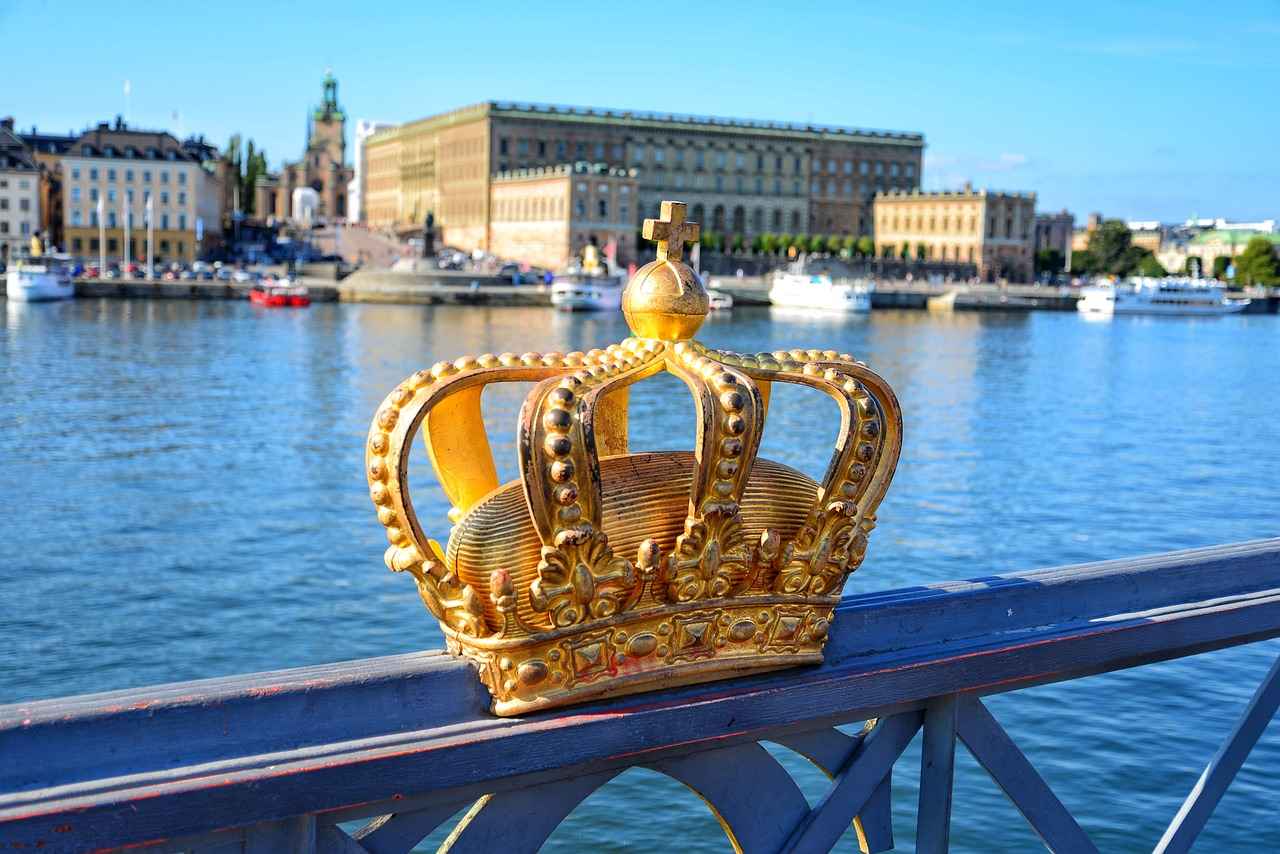
What Materials Are Used in Crowns and Tiaras?
The world of crowns and tiaras is as intricate as the pieces themselves, with a fascinating array of materials that contribute to their beauty and significance. Understanding these materials not only enhances our appreciation for these exquisite items but also reveals the craftsmanship and cultural values embedded within them.
Gold and Silver: The Foundations of Royal Headpieces
Historically, gold and silver have been the primary metals used in the creation of crowns and tiaras. These precious metals symbolize wealth and power, making them ideal choices for royal adornments. Gold, with its rich hue and durability, has been favored for its ability to withstand the test of time, while silver offers a brilliant luster that complements the brilliance of gemstones.
Gemstones: Enhancing Beauty and Significance
Gemstones are integral to the aesthetic and symbolic value of crowns and tiaras. Each gemstone is selected not only for its color and brilliance but also for its unique meaning. For instance:
- Diamonds are often associated with purity and strength, making them a popular choice for royal headpieces.
- Sapphires, with their deep blue hue, symbolize wisdom and nobility.
- Emeralds are prized for their vibrant green color and are often linked to fertility and rebirth.
These gemstones not only enhance the visual appeal of crowns and tiaras but also add layers of meaning, reflecting the wearer’s status and values.
Other Materials: A Blend of Tradition and Innovation
Beyond metals and gemstones, crowns and tiaras may incorporate other materials such as pearl, crystal, and even fabric. Pearls, often associated with purity and innocence, provide a soft contrast to the hardness of metals and stones. Crystals can add a modern touch, often used for their ability to refract light beautifully, while fabrics like silk or velvet may be used to create base structures for tiaras, enhancing comfort while wearing these magnificent pieces.
The Art of Craftsmanship
The choice of materials in crowns and tiaras is not merely about aesthetics; it is also about the craftsmanship involved in their creation. Skilled artisans meticulously select and combine these materials, often employing traditional techniques passed down through generations. The artistry involved in each piece reflects the cultural heritage and historical context of the time, making each crown and tiara not just a piece of jewelry but a historical artifact.
Modern Trends: Sustainability and Innovation
In recent years, there has been a growing trend towards sustainability in the materials used for crowns and tiaras. Many contemporary designers are exploring alternatives such as recycled metals and lab-created gemstones. This shift not only addresses environmental concerns but also allows for innovative designs that maintain the elegance and prestige associated with these royal symbols.
As we delve deeper into the world of crowns and tiaras, it becomes clear that the materials chosen are a reflection of both cultural significance and individual expression. Understanding these elements enriches our appreciation of these stunning pieces, revealing the stories they tell through their craftsmanship and design.
Gold and Silver: The Foundations of Royal Headpieces
Gold and silver have long been revered as the primary materials for creating crowns and tiaras, serving as enduring symbols of wealth and power. Their inherent qualities, such as durability and luster, make them ideal for crafting headpieces that not only signify authority but also withstand the test of time.
The significance of gold and silver in royal headpieces goes beyond mere aesthetics. These metals have been historically associated with royalty and prestige. Gold, often linked to the sun and divine power, has been used to create crowns that reflect the glory of those who wear them. Similarly, silver, known for its purity and brilliance, adds a touch of elegance, enhancing the overall beauty of the piece.
Gold and silver not only serve as materials but also enhance the symbolic meaning of crowns and tiaras. For instance, in many cultures, gold is viewed as a representation of the divine, while silver is often associated with wisdom and serenity. Together, these metals convey a powerful message of authority and legitimacy for rulers and leaders throughout history.
The craftsmanship involved in creating crowns and tiaras from gold and silver is a meticulous process. Artisans employ various techniques, including:
- Forging: Shaping the metal into desired forms.
- Engraving: Adding intricate designs to enhance visual appeal.
- Setting Gemstones: Incorporating precious stones to elevate the piece’s value and beauty.
These techniques require exceptional skill and attention to detail, ensuring that each crown or tiara is not only a piece of jewelry but a work of art.
The evolution of crowns made from gold and silver reflects the changing tastes and values of society. In ancient times, crowns were often simple bands, but as cultures advanced, they became more elaborate, adorned with intricate designs and gemstones. This evolution mirrors the political and social changes throughout history, showcasing how crowns adapted to represent the values of different eras.
In contemporary society, crowns and tiaras continue to be made from gold and silver, but they often incorporate modern design elements. While traditional styles remain popular, contemporary pieces may feature minimalist aesthetics or innovative designs that appeal to modern sensibilities. These modern interpretations maintain the symbolic significance while reflecting current fashion trends.
While gold and silver are the traditional choices for crowns and tiaras, some designers are exploring alternative materials. Platinum, for instance, is gaining popularity due to its durability and unique color. Additionally, sustainable materials are being used to create eco-friendly options, appealing to a growing audience concerned about environmental impact.
In summary, gold and silver remain the foundational elements of crowns and tiaras, symbolizing wealth, power, and authority. Their enduring appeal lies in their beauty and the skilled craftsmanship that brings these royal headpieces to life. As society continues to evolve, so too will the designs and materials used, ensuring that crowns and tiaras maintain their prestigious status for generations to come.
Gemstones: Enhancing Beauty and Significance
Gemstones have long been revered for their beauty and rarity, serving as essential elements in the design of crowns and tiaras. Their vibrant colors, unique properties, and deep-rooted symbolism enhance the overall aesthetic and meaning of these royal headpieces. In this section, we will delve into the significance of gemstones in crowns and tiaras, exploring the most popular choices and their associated meanings.
Gemstones not only add visual appeal but also embody various cultural and personal significances. Each stone is often selected based on its color, rarity, and the message it conveys. For example, a diamond is frequently associated with purity and strength, making it a favored choice for crowning glory.
- Diamonds: Known as the “king of gemstones,” diamonds symbolize eternity and strength. Their brilliance and durability make them a staple in royal jewelry.
- Sapphires: Often blue, sapphires represent wisdom and nobility. Their rich hue adds a regal touch to any crown or tiara.
- Emeralds: These vibrant green stones symbolize rebirth and love. Their rarity and unique color make them a cherished choice for royal adornments.
- Rubies: Known for their deep red color, rubies symbolize passion and courage. They are often associated with royalty and are a popular choice in crowns.
- Amethysts: This purple stone is believed to bring calmness and clarity. Its unique color can add a touch of elegance to tiaras.
The selection process for gemstones involves careful consideration of several factors. Jewelers often assess the color, clarity, and carat weight of each stone, ensuring they align with the overall design and intended symbolism of the piece. Additionally, cultural significance plays a vital role; for instance, certain gemstones may be favored in specific regions due to historical or religious associations.
| Gemstone | Symbolism |
|---|---|
| Diamond | Purity, strength, eternity |
| Sapphire | Wisdom, nobility, royalty |
| Emerald | Rebirth, love, fertility |
| Ruby | Passion, courage, protection |
| Amethyst | Calmness, balance, clarity |
Throughout history, the use of gemstones in crowns and tiaras has evolved, reflecting the changing tastes and values of society. In ancient cultures, gemstones were believed to possess magical properties, offering protection and good fortune to their wearers. This belief has persisted, with many modern royals choosing specific stones to reflect their heritage or personal beliefs.
Today, the use of gemstones in crowns and tiaras is not limited to traditional choices. Contemporary designers are experimenting with alternative gemstones and innovative designs, allowing for a broader range of expressions. This shift reflects a growing appreciation for individuality and personal style, ensuring that crowns and tiaras remain relevant in modern fashion.
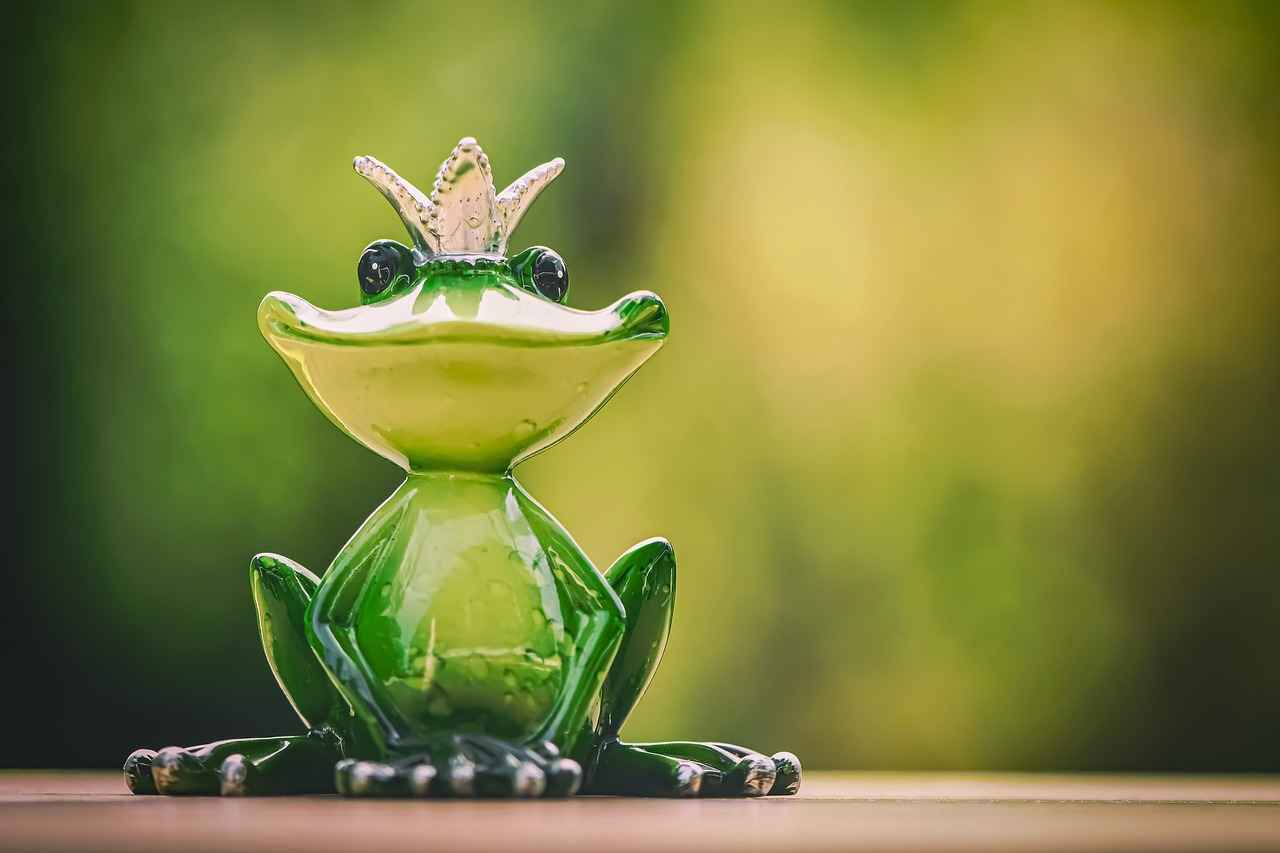
How Are Crowns and Tiaras Worn in Modern Times?
In today’s world, the wearing of crowns and tiaras has transcended their historical roots, becoming a symbol of elegance and tradition. These ornate headpieces are not just accessories; they embody a rich legacy and cultural significance that continues to resonate with people around the globe. Understanding how crowns and tiaras are worn in modern times offers a glimpse into their enduring charm and the societal values they represent.
Crowns and tiaras are typically reserved for special occasions, where they serve as focal points of beauty and sophistication. Some of the most notable events include:
- Royal Weddings: Crowns and tiaras are often worn by brides, symbolizing their royal status and connection to tradition.
- State Functions: During official ceremonies, members of royalty and dignitaries don these headpieces to signify their authority and heritage.
- Pageants and Competitions: Beauty queens and contestants frequently wear tiaras as symbols of achievement and grace.
Modern crowns and tiaras have evolved to reflect current fashion trends while maintaining their classic allure. Designers often draw inspiration from various styles, resulting in:
- Minimalist Designs: Many contemporary tiaras feature sleek lines and understated elegance, appealing to modern sensibilities.
- Vintage Revival: There is a growing trend toward vintage-inspired pieces, celebrating the intricate craftsmanship of past eras.
- Customized Creations: Personalization has become key, with individuals opting for unique designs that reflect their personality and style.
Crowns and tiaras have a significant presence in popular culture, influencing fashion and media. They are often featured in:
- Movies and Television: Iconic characters are frequently depicted wearing crowns and tiaras, reinforcing their association with power and beauty.
- Social Media: Influencers and fashion icons often showcase these headpieces, contributing to their resurgence in modern fashion.
- Literature: Many stories incorporate crowns and tiaras as symbols of aspiration and achievement, captivating audiences with their allure.
The craftsmanship behind modern crowns and tiaras has evolved, utilizing both traditional techniques and modern technology. Key aspects include:
- Materials: The use of sustainable materials is on the rise, with designers incorporating eco-friendly options while maintaining luxury.
- Technology: Advanced techniques, such as 3D printing, allow for intricate designs that were previously difficult to achieve.
- Artisan Skills: Many designers still rely on traditional handcrafting methods, ensuring each piece is unique and meticulously made.
As society continues to evolve, the future of crowns and tiaras remains bright. They will likely adapt to modern sensibilities while preserving the historical and cultural significance that has made them timeless symbols of prestige and beauty.
Royal Weddings and State Occasions
Crowns and tiaras have long been associated with royalty and nobility, often making a grand appearance during royal weddings and state occasions. These exquisite headpieces are not merely decorative; they embody rich traditions and signify the continuity of royal lineage. Their presence at significant events underscores their historical importance and cultural symbolism.
During royal weddings, crowns and tiaras play a pivotal role, often serving as the centerpiece of the bride’s attire. They are emblematic of the bride’s status and the royal family’s legacy. The choice of headpiece can reflect personal style while adhering to the family’s traditions. For instance, the British royal family has a long-standing tradition of wearing tiaras, with each piece often having its unique story and significance.
At state functions, crowns and tiaras symbolize the authority and dignity of the monarchy. They serve as visual representations of power, reminding attendees of the royal family’s role in governance and society. The crown jewels, often displayed during these occasions, are not only valuable but also steeped in history, showcasing the wealth and heritage of the nation.
The design and significance of crowns and tiaras have evolved dramatically throughout history. Initially, crowns were primarily worn by kings and queens, symbolizing their sovereignty. In contrast, tiaras emerged as a popular accessory for women, particularly during the 19th century, when they became synonymous with elegance and femininity. This evolution reflects broader societal changes regarding gender roles and fashion.
The materials used in crowns and tiaras contribute significantly to their allure and value. Traditionally, gold and silver have been the foundational metals for crafting these royal adornments. Additionally, gemstones such as diamonds, rubies, and sapphires enhance their beauty, each stone often chosen for its symbolic meaning. This careful selection of materials highlights the craftsmanship and artistry involved in creating these stunning pieces.
In contemporary society, crowns and tiaras have found new life beyond royal ceremonies. Influenced by fashion trends and celebrity culture, these headpieces are increasingly worn at formal events, red carpet appearances, and even weddings. Designers are now creating modern interpretations that maintain traditional elements while appealing to contemporary tastes.
As we look ahead, the future of crowns and tiaras appears promising yet adaptable. Innovations in design and materials may lead to more sustainable options, reflecting a growing awareness of environmental issues. Additionally, their representation in popular culture—through films, literature, and social media—ensures that these symbols of prestige and allure remain relevant.
In summary, crowns and tiaras are much more than ornamental accessories; they are powerful symbols of heritage, authority, and cultural identity. Their enduring presence at royal weddings and state occasions not only showcases the rich traditions of royalty but also highlights the evolving nature of these magnificent headpieces in modern society.
Fashion Trends and Celebrity Influence
The influence of fashion trends and celebrities on popular culture has always been profound, and in recent years, this impact has significantly revived the appeal of tiaras. Once relegated to the realms of royal ceremonies and fairy tales, modern tiaras are now making a striking comeback, thanks in part to their incorporation into contemporary fashion.
One of the primary reasons for this resurgence is the influence of social media. Platforms like Instagram and Pinterest have allowed fashion enthusiasts to share their styles, often featuring tiaras as key accessories. Celebrities and influencers are increasingly donning these elegant pieces, showcasing them in ways that resonate with younger audiences.
Today’s tiara designs often blend traditional craftsmanship with modern aesthetics. Jewelry designers are experimenting with materials and styles, creating pieces that appeal to a broader audience. For instance, some modern tiaras incorporate unconventional materials such as acrylics and fabric, making them more accessible and versatile for everyday wear.
While tiaras are still associated with royalty, they are also embraced by fashion-forward individuals at events like weddings, proms, and themed parties. Celebrities such as Lady Gaga and Beyoncé have been spotted wearing tiaras, further popularizing their use outside of traditional contexts. This shift has encouraged a new generation to view tiaras as symbols of empowerment and self-expression.
Modern styling of tiaras often involves pairing them with casual outfits, breaking the long-standing notion that they should only be worn with formal attire. Fashion designers are now incorporating tiaras in runway shows, showcasing how they can elevate even the simplest of looks. This innovative approach has made tiaras more approachable and desirable.
Contemporary tiaras are crafted from a variety of materials, ranging from traditional gold and silver to more modern alternatives like rose gold and stainless steel. Additionally, the use of semi-precious stones and eco-friendly materials is on the rise, reflecting a growing trend towards sustainability in fashion.
Tiaras are increasingly viewed as statement pieces that can transform an outfit. They are featured in various fashion shows and editorial spreads, indicating their shift from mere accessories to essential elements of modern fashion. Designers are also experimenting with minimalist designs that appeal to those who prefer a subtler approach to elegance.
While traditionally worn for special occasions, the perception of tiaras is changing. Many fashion enthusiasts are now incorporating them into their daily wardrobes, demonstrating that these pieces can be versatile and stylish. This shift reflects a broader trend in fashion where the boundaries between casual and formal wear are increasingly blurred.
In summary, the resurgence of tiaras in modern fashion is a fascinating blend of tradition and innovation. As celebrities continue to embrace these exquisite accessories, and as designers explore new materials and styles, tiaras are poised to maintain their status as symbols of elegance and prestige for years to come.
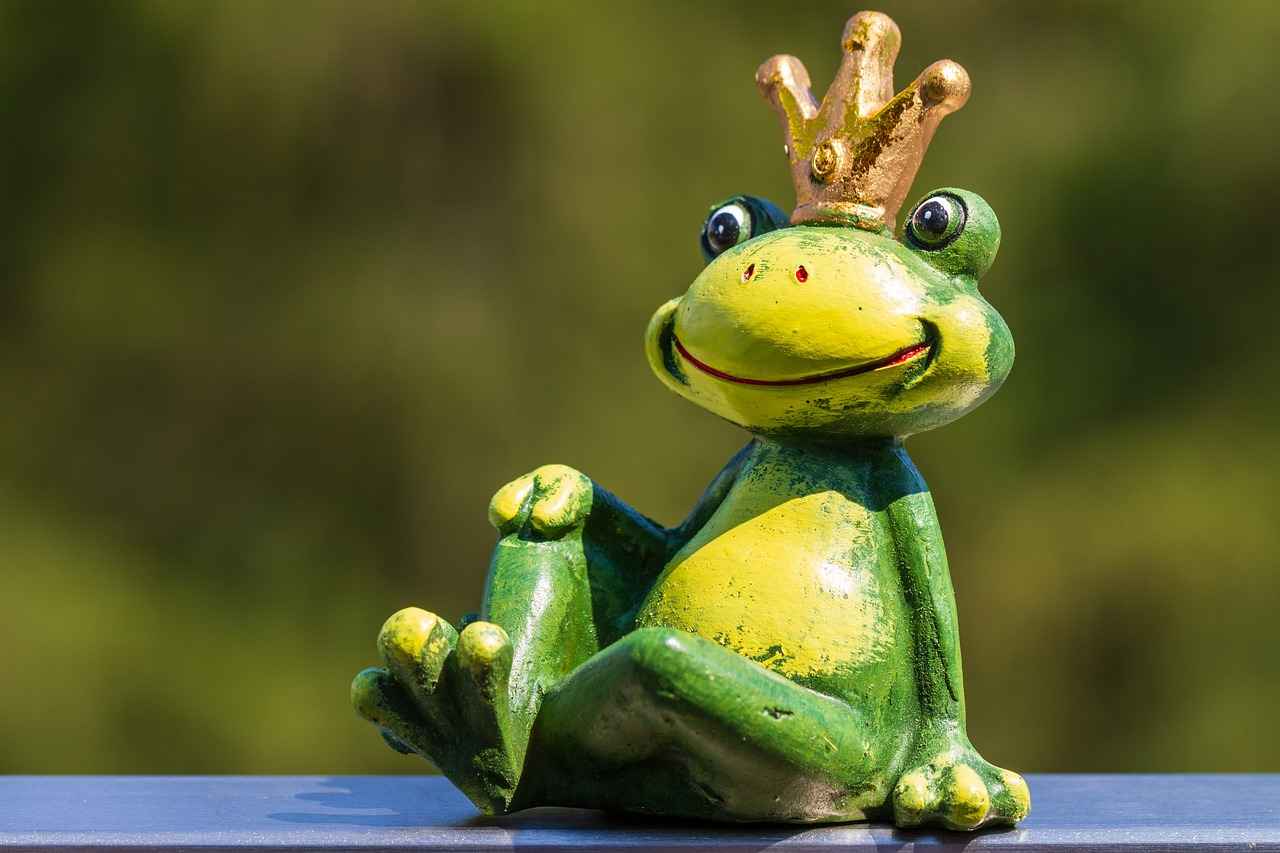
What Is the Future of Crowns and Tiaras?
The future of crowns and tiaras is an intriguing topic that reflects the dynamic nature of culture and fashion. As we move forward into a world increasingly influenced by technology and social change, these iconic symbols of royalty and elegance are likely to undergo significant transformations. Understanding these potential shifts can provide insight into how society values tradition and modernity.
As fashion trends evolve, the designs of crowns and tiaras are likely to adapt accordingly. We may see a shift towards more minimalistic and contemporary designs that reflect modern aesthetics. This could mean a departure from heavy embellishments in favor of sleek lines and innovative shapes. Furthermore, the incorporation of sustainable materials such as recycled metals and ethically sourced gemstones may become a priority, appealing to a growing audience that values environmental consciousness.
Cultural values play a significant role in the evolution of crowns and tiaras. As societies become more inclusive and diverse, the meaning attached to these symbols may shift. For example, crowns and tiaras could be reimagined to represent not just monarchical power but also individual achievement and community identity. This democratization of such symbols could lead to a broader acceptance and use of crowns and tiaras in various contexts, including weddings, celebrations, and even everyday fashion.
The presence of crowns and tiaras in popular culture remains strong, as evidenced by their frequent appearances in films, literature, and social media. As new generations engage with these symbols, their meanings will continue to evolve. The influence of celebrity culture and social media platforms may lead to a resurgence in the popularity of tiaras, especially among younger audiences who seek to express their individuality through fashion. This trend could further blur the lines between traditional royal symbolism and modern self-expression.
Modern interpretations of crowns and tiaras are already emerging. Designers are creating pieces that are not only suitable for formal occasions but also for casual settings. This adaptability allows individuals to incorporate these symbols of prestige into their daily lives, making them more accessible and relevant. Additionally, we may see collaborations between traditional jewelers and contemporary fashion designers, resulting in unique pieces that honor the past while embracing the future.
Technology is poised to play a crucial role in the evolution of crowns and tiaras. Advances in 3D printing and digital design could revolutionize how these pieces are created, allowing for greater customization and personalization. This technological integration may lead to unique designs that cater to individual tastes and preferences, making crowns and tiaras even more appealing to a broader audience.
In conclusion, the future of crowns and tiaras is likely to be shaped by a combination of changing fashion trends, cultural values, and technological advancements. As these symbols continue to adapt, they will remain relevant, reflecting the ongoing dialogue between tradition and modernity. The evolution of crowns and tiaras will undoubtedly continue to captivate our imagination, ensuring their place in both history and contemporary culture.
Innovations in Design and Materials
The world of crowns and tiaras is on the brink of a significant transformation, driven by a combination of innovative designs and a commitment to sustainability. As we look to the future, it’s essential to explore how these iconic symbols of power and elegance are adapting to modern values and environmental concerns.
In recent years, the demand for eco-friendly materials has surged, prompting designers to rethink traditional practices. Future crowns and tiaras may incorporate materials such as recycled metals, ethically sourced gemstones, and even innovative alternatives like lab-grown diamonds. These materials not only reduce environmental impact but also challenge the conventional notions of luxury and prestige.
Designers are increasingly focused on creating pieces that reflect a commitment to sustainability. This includes using biodegradable materials and reducing waste during the manufacturing process. For example, some artisans are experimenting with plant-based resins and reclaimed wood, which can be intricately designed to create stunning headpieces without harming the environment.
Technological advancements are playing a pivotal role in the evolution of crowns and tiaras. 3D printing technology allows for intricate designs that were previously impossible to achieve by hand. This not only streamlines the production process but also opens the door to customization, enabling individuals to create unique pieces that reflect their personal style and values.
As crowns and tiaras evolve, their cultural significance remains paramount. Designers are increasingly incorporating elements that pay homage to various cultures, ensuring that these pieces resonate with a broader audience. This fusion of tradition and modernity not only enhances the aesthetic appeal but also enriches the narrative behind each piece.
The way crowns and tiaras are worn is also changing. With a shift towards more casual and inclusive fashion, future designs may be less formal and more versatile, allowing them to be worn in everyday settings. This democratization of royal accessories could lead to a new era where crowns and tiaras are seen not just as symbols of power, but as expressions of individuality and style.
The integration of sustainable practices in the design and production of crowns and tiaras may set a precedent for the entire fashion industry. As consumers become more environmentally conscious, brands that prioritize sustainability are likely to gain a competitive advantage. This shift could encourage more designers to adopt eco-friendly practices, ultimately leading to a more responsible and ethical fashion landscape.
In summary, the future of crowns and tiaras is poised for remarkable changes, driven by a blend of innovation and sustainability. As designers embrace new materials, technologies, and cultural narratives, these timeless symbols of power and elegance will continue to evolve, reflecting the values and aspirations of contemporary society.
The Role of Crowns and Tiaras in Popular Culture
Crowns and tiaras have long been associated with royalty and prestige, capturing the imagination of audiences across various forms of media. Their representation in films, literature, and fashion not only reflects their historical significance but also highlights their enduring allure in modern storytelling. This article delves into the multifaceted role of crowns and tiaras in popular culture, examining their influence and the emotions they evoke.
The fascination with crowns and tiaras stems from their ability to symbolize power, beauty, and elegance. These ornate headpieces often serve as visual metaphors for the struggles and triumphs of their wearers. In films, characters adorned with crowns or tiaras often embody the ideals of leadership and grace, making them relatable yet aspirational figures.
In cinematic storytelling, crowns and tiaras are frequently used to denote character status. For instance, in fantasy films like “The Lord of the Rings,” crowns signify the weight of leadership and the burden of responsibility. Similarly, in fairy tale adaptations such as “Cinderella,” the tiara represents not only beauty but also the transformative journey of the protagonist.
- Visual Symbolism: Crowns and tiaras enhance the visual storytelling, making characters instantly recognizable.
- Character Development: The journey of a character can often be traced through their relationship with their headpiece.
Literature has long used crowns and tiaras as symbols of authority and identity. Classic works, such as Shakespeare’s “Hamlet,” employ crowns to explore themes of legitimacy and power struggles. In contemporary novels, tiaras often symbolize the conflict between societal expectations and personal desires.
- Thematic Depth: These headpieces can represent the weight of tradition versus the desire for individuality.
- Character Archetypes: The crown often signifies the archetypal ‘ruler,’ while the tiara may represent the ‘damsel in distress’ or the ‘modern heroine.’
Fashion designers frequently draw inspiration from the regal aesthetics of crowns and tiaras, integrating these elements into their collections. The resurgence of tiaras on runways and red carpets speaks to their timeless appeal and ability to elevate any outfit.
- Modern Interpretations: Designers reinterpret these classic symbols, creating pieces that resonate with contemporary audiences.
- Celebrity Influence: High-profile events showcase crowns and tiaras, influencing trends and popularizing their use in everyday fashion.
As society evolves, the depiction of crowns and tiaras in popular culture is likely to shift. Emerging trends may see these symbols being embraced in new and innovative ways, reflecting contemporary values and aesthetics. With the growing emphasis on sustainability and diversity, future representations may challenge traditional norms, showcasing crowns and tiaras as symbols of empowerment for all.
In summary, crowns and tiaras continue to play a significant role in popular culture, serving as enduring symbols of prestige and allure. Their ability to captivate audiences across various mediums underscores their importance in storytelling, fashion, and beyond.
Frequently Asked Questions
- What is the difference between a crown and a tiara?
Crowns typically symbolize sovereignty and authority, often worn by kings and queens, while tiaras represent elegance and are usually worn by women, especially during formal events. Think of crowns as the ultimate badge of power and tiaras as the graceful touch of nobility.
- How have crowns changed throughout history?
Crowns have evolved from simple circlets in ancient times to intricate designs adorned with jewels. Each era brought its own flair, reflecting the political and cultural shifts of the time. It’s like watching a fashion show where each crown tells the story of its age!
- What materials are commonly used in crowns and tiaras?
Gold and silver are the classic choices for crafting these royal headpieces, symbolizing wealth and power. Additionally, gemstones like diamonds and emeralds add beauty and significance, making each piece unique and valuable.
- When are crowns and tiaras typically worn today?
Nowadays, crowns and tiaras are often reserved for special occasions like royal weddings and state functions. They serve as stunning symbols of tradition, reminding us of their historical significance while still dazzling on the modern stage.
- What does the future hold for crowns and tiaras?
The future might see innovative designs and eco-friendly materials, reflecting changing societal values. Crowns and tiaras will likely continue to capture our imagination, blending tradition with contemporary style in the world of fashion and culture.
